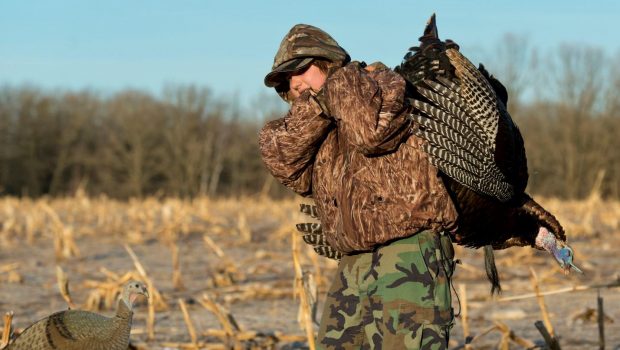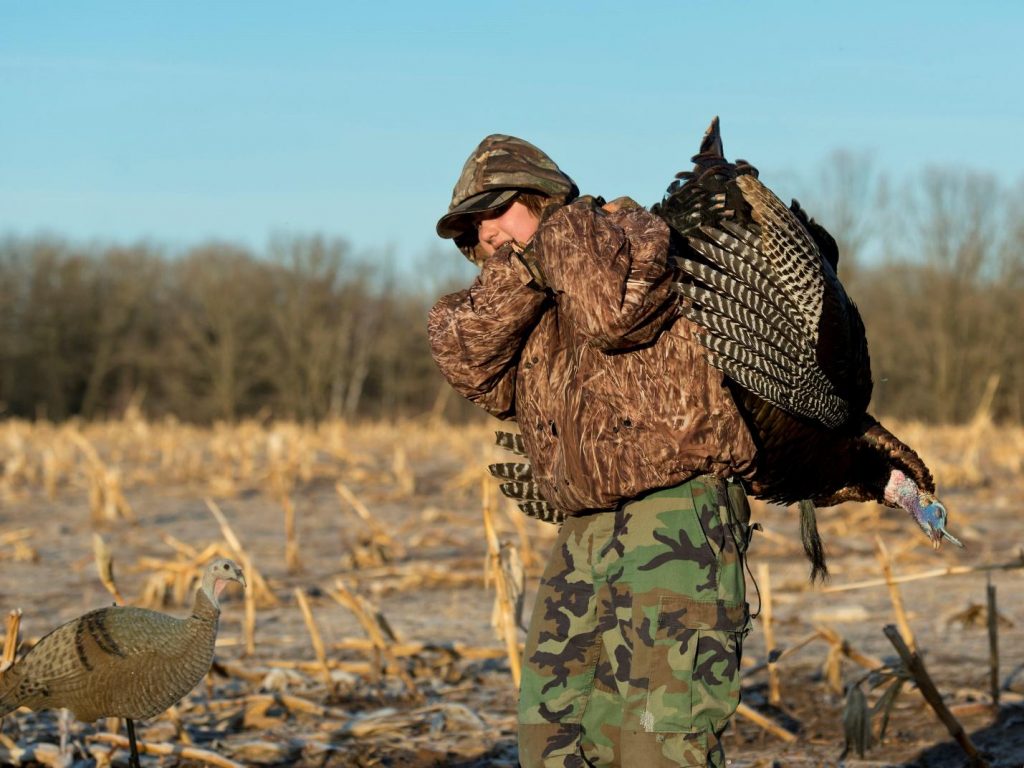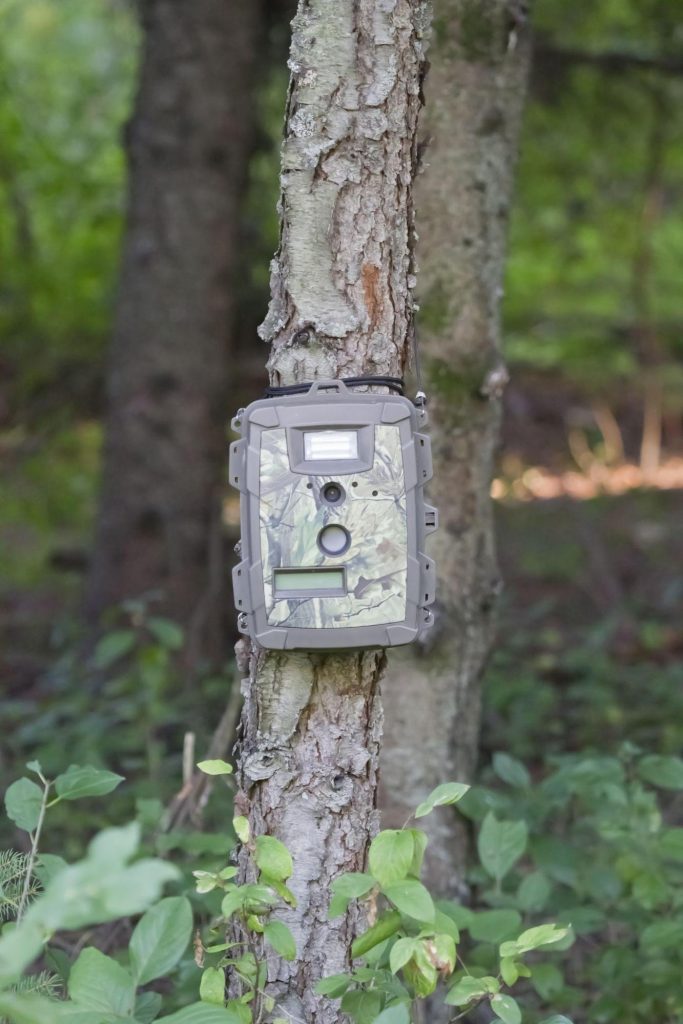5 Technology Tips for Turkey Season
As many states are in the full swing of turkey hunting season, hunters everywhere are geared up for another successful adventure. Whether you are a professional guide, heading out for the first time, or somewhere in between- consider these gadgets and technology to improve your odds.
Trail Cameras
Trail cameras have been around longer than most realize. First invented in the 1880s, early trail cameras featured a bright flashing bulb and wiring mechanism that was triggered by animals walking through the bait station. Trail cameras have certainly come a long way since then and are technology staples for any turkey hunter with experience.
For recreational hunters, spending every day of the week scouting is simply not feasible. Trail cameras overcome this barrier by acting as a ‘set of eyes’ in the field keeping watch at all hours.
By setting trail cameras at various “hot-spots” or roosts throughout the area, it allows hunters to track the activity and routines of game during the week. Set cameras up in known strutting zones to see where turkeys are feeding. For example, freshly plowed fields that have cow manure on them are great spots to keep a watchful eye. Other ideal spots to monitor include grassy hillsides that are close to a group of trees or river bottoms.
This footage provides valuable insight that can be used on subsequent hunts and offers a solution to hunters that do not have time for extensive scouting. Furthermore, as you monitor your trail camera over the course of the season, your knowledge and familiarity of the turkey behavior in the area will grow – making to easier to spot a gobbler on your next hunt.
Pro Tip: More advanced trail cameras feature audio recording that allows hunters to hear the calls of elusive turkeys even when the camera can’t see them.
Rangefinders
Handheld and bow or rifle attached rangefinders both serve one very important purpose – to provide the exact distance of your target. Most rangefinders are small, typically measuring between 4 inches by 3 inches and weighing only 4.5 ounces, making them easy to pack and bring along for your hunt. Some higher end rangefinders can even gauge the distance of a turkey up to 850 yards away!
Pro Tip: If you hunt in mountainous or hilly terrain, consider a rangefinder with slope capabilities – these factor in uphill and downhill elevation changes to ensure accuracy on both distance and shots.
Handheld GPS Maps
For decades, physical maps and compasses were hunters only option for direction and navigation while in an unknown area. In recent years, these traditional tools have been replaced by handheld GPS devices. GPS devices offer exceptional location-based mapping and avoids the burden of packing along paper maps that might be outdated.
A handheld GPS map can locate major areas of interest for turkey hunting such as water, roost sites, travel routes, and strut zones. Places like creeks, stock ponds, ground seeps, and river bottoms are also likely locations for a tom and his hens to congregate. These areas will be even more bountiful in times of a drought when water is scarce.
Next concentrate on travel routes. Areas to start your search include logging roads, ridgelines, creek or fence crossings, and grassy edges where the tree line and pasture meet. All of these areas can be easily identified with a handheld GPS device.
Last but not least, a handheld GPS map is a piece of technology that can help you stay safe. You may scoff at the idea of getting lost, but it is a common danger, even for seasoned hunters. Awareness of your surroundings is crucial and a handheld GPS map will take your navigation and directional abilities to the next level.
Pro Tip: Turkeys can be counted on to keep their routine. Once you’ve identified probable turkey locations, either by trail cameras or scouting, use your map to position yourself in a spot that capitalizes on your knowledge of a flock’s habits.
Turkey Reticles
Reticles, or less formally known as the “crosshairs” of a rifle scope, can be designed specifically for turkey hunting. The oval slots within the reticle indicate 20 and 40-yard distances which assist in calibrating an accurate shot. This special design also allows hunters to accurately aim for the turkey’s shot kill zone – above the torso and below the head.
Sport Ear Micro Blast
Perhaps the most extreme tech gadget – the Micro Blast from SportEar – amplifies even the faintest turkey calls that would otherwise go unnoticed. Subtle sounds like rubs, snorts, crunching leaves, cow calls, grunts, and more are all easily detected by SportEar helping you locate hidden yet nearby gobblers.
The Micro Blast is a sport hearing aid calibrated specifically to one’s individual hearing needs. An audiology test determines the frequencies that need enhancement and also identifies tinnitus, or ringing in the ear, while alleviating the severity. In addition, Micro Blast aids provide top notch protection against muzzle blast. However, this piece of sport technology may not be for everyone, with all of these features Micro Blast from SportEar comes with a hefty price tag of $1,100.
Conclusion
As technology advances, new tricks and gadgets can be incorporated into your hunts. Always make sure the item is legal in the state you plan to hunt and consider whether the gadget could take away from your enjoyment of the hunt. Each hunter values different aspects of the process, whether scouting, mapping, hearing, and so forth. Look for the technology that helps you with the difficult aspects while improving the aspects you most enjoy.
Finally, always make sure to practice gun safety, abide by all state and federal hunting regulations, and most importantly, have fun!
Author Bio:
Bryan Koontz is CEO and Founder of Guidefitter, a platform for consumers to research hunting & fishing adventures and connect with outfitters and professional guides. The online community allows users to share their experiences and serves as a hub for sportspeople and outdoor adventurists. Bryan spends his free time fly fishing, hunting, or outdoors with his Labrador retriever.




















